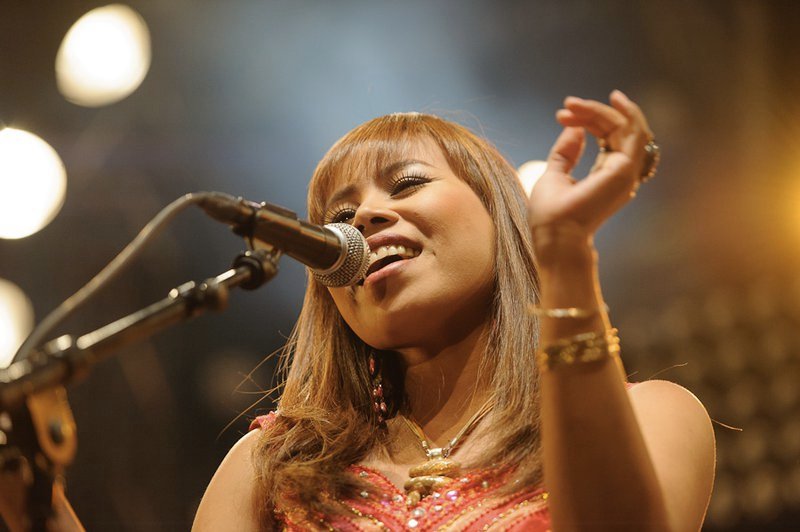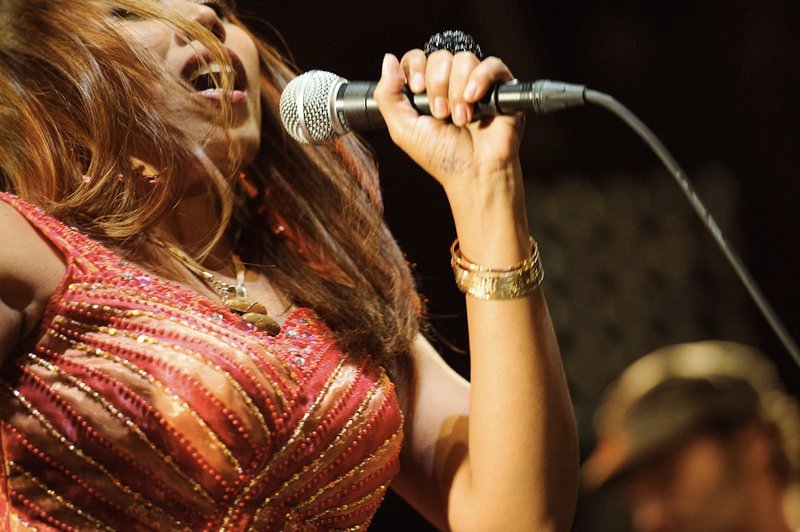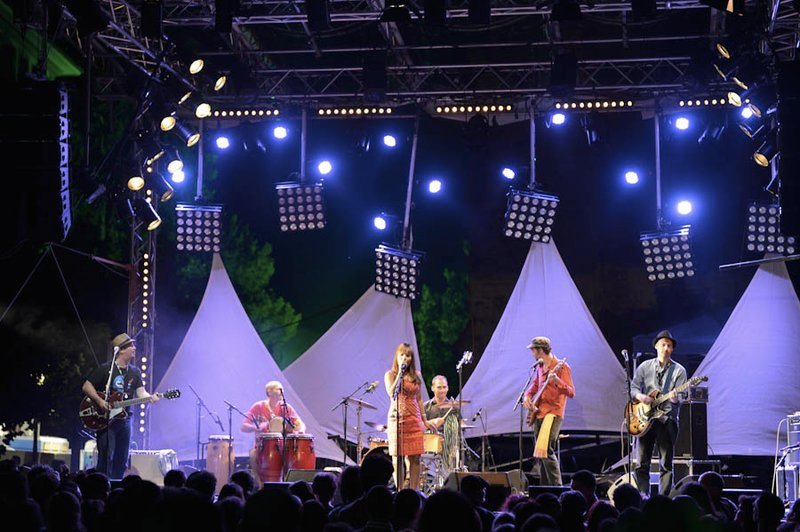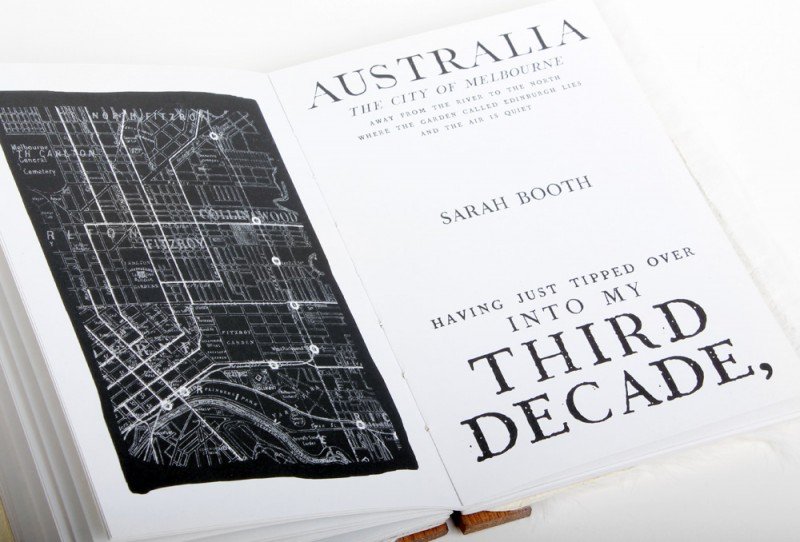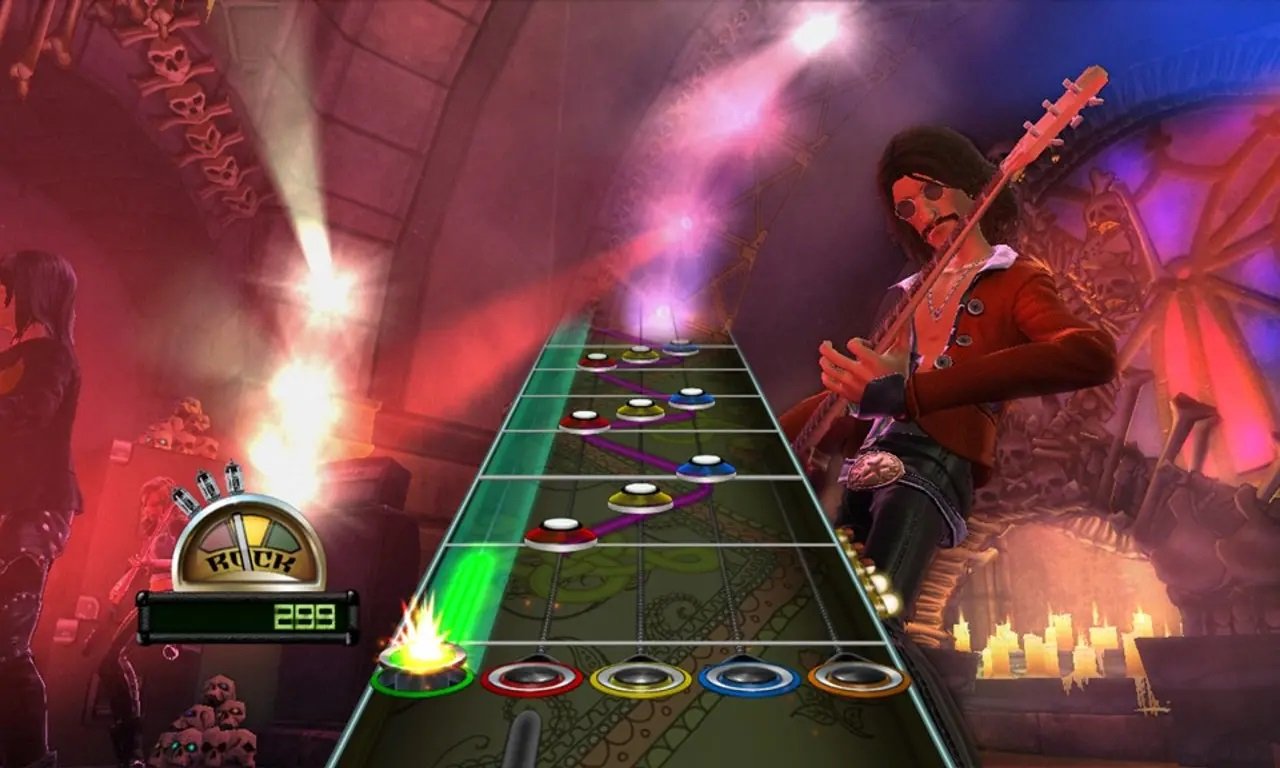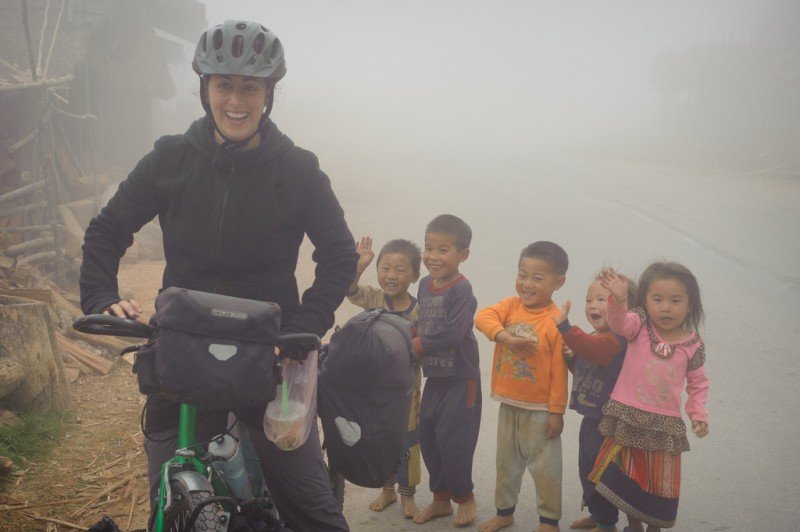Cambodia –
Hailing from different backgrounds across Europe, Cambodia and Australia, the Cambodian Space Project engages deeply in cultural treasure hunting and presents before its audience a revolutionary sound experience that showcases the best of Cambodian Rock. Emaho caught up with the band and talked about their formation, struggle and success.
Emaho : We heard that the first time Julien Poulson met Srey Thy, was at a karaoke bar in Phnom Penh. How did this lead on to the creation of The Cambodian Space Project?
Yes, we met at a karaoke bar where Channthy had just started working only a few days after consulting a fortune-teller to see if this was the right move. When I met her, she didn’t speak a world of English, just the phrase the bar boss had told her to say “Hello, you like eat drink beer?” and I told her ‘Yeah, sure I do’ and while she arranged a pint, I got my laptop our of my bag, queued up some Cambodian rock and gave her the headphones to listen to the music I’d been collecting… her face lit up instantly and she was very surprised a barang (foreigner) would have this stuff, her favourite music. See, I’d been tipped off by another young singer working in the same bar who had previously told me that If I wanted to meet a really good singer, much better than her, then I should come to meet this girl called Thy in her bar. I’m still not sure if Channthy is the person she was referring to but it has been an extraordinary outcome and has given birth to The Cambodian Space Project and the adventure we continue on with.

© Oliver Wavre
Emaho : It is not often that music from Cambodia is thrown a light on; even so, you have not only claimed recognition within the country but also internationally. Tell us how the Cambodian music industry has favored you in your journey so far.
Yes, this is true, in a relatively small space of time, we’ve enjoyed recognition not just in Cambodia but internationally and this is somewhat surprising as our repertoire, at least in the beginning, was that of your typical Cambodian wedding-party band. One thing we have enjoyed with this recognition is of realizing that by being a cross-culture band based in Phnom Penh we really were ( and still are) as far from the music industry as you can be. We’re out on a frontier where nobody particularly cares what you do, what your style, sound of fashion is, cool or uncool. And this is kind of refreshing, you are not distracted by other influences but just get on with getting the party happening for your own sake, a kind of jungle boogie if you like.
Video Credit : Julien Poulson
Emaho : Your music is best identified as Khmer Psychedelic Rock, but what does it mean to you?
Khmer Psychedelic Rock? Well, it’s a nice banner to work under and it’s a useful tag in promoting our act but I’m not sure if we’re that or if we’re something else. Doesn’t really matter. I personally find the whole trip a bit psychedelic and I’m happy to run with it. I find many of the ideas, the situations, the art, the culture, attitudes and beliefs in the Cambodian experience to be very trippy, psychedelic if you like, and this certainly informs our own attitude to what we do. Musically though, we’re a space project and that means lots of stylistic space to move around.
Emaho : With the reign of Pol Pot and the Khmer Rouge, Cambodia had witnessed unimaginable violence against innocent lives in the past, primarily targeting artists, musicians and intellectuals. How would you say the environment for various forms of art to thrive, has evolved since then?
At the height of the Cold War, a small Kingdom in South East Asia was dancing to a new beat – music inspired by the sounds of the British Invasion bands along with GI Radio spilling into Cambodia over from the war in Vietnam. Phnom Penh was tuning into new frequencies and rocking to the sounds of the Kinks, the Yardbirds, The Beatles, The Animals along with US counterparts, CCR, Jimi Hendrix, Ike and Tina, The Doors, perhaps even more underground influences like The Velvet Underground or The Stooges, nice to imagine but hard to tell. At the time, the small capital city of Phnom Penh would have been full of ‘characters’, getting around by riding the cyclos to the markets, the bordellos, the opulent hotels, dim lit opium dens, a litany of strange bedfellows, from princes and princesses to mysterious operatives, CIA to KGB, diplomats to degenerates, all rubbing shoulders in this faraway Kingdom. In many ways, not much has changed today, you’ll still find an equally exotic, international cast of characters here and now.
Circa 1967, Prince Norodom Sihanouk was seemingly able to take time out to produce movies and records at a time when he was involved in an increasingly dangerous political dance, breaking off relations with the USA, hosting a visit from Jackie Kennedy, allowing the North Vietnamese to establish bases within Cambodia and banking on China’s goodwill. On 11 March 1967, a revolt in Battambang Province led to the Cambodian Civil War while the Vietnam War began to spill across Cambodia’s doorstep. In Phnom Penh, singers like Ros Sereysothea, “The Golden Voice of Phnom Penh“, Sin Sisamouth, and Pan Ron were still busy, releasing an astonishing amount of superb 60s garage-sounding records and continued to do so, despite all the turmoil of the Lon Nol coup in 1970 and the devastating civil war that ensued, right up until the moment the Khmer Rouge took control of the country and ripped out the heart and soul of its culture. In 1975, music was outlawed and the vibrant, psychedelic sounds of Cambodian rock ‘n’ roll were switched off.

© Davide Gostoli
In just a few years almost two million Cambodians, including most of musicians, were killed. One of the saddest accounts of what happened to Cambodia’s music greats during the Khmer Rouge years is one that describes a macabre scene. Apparently Sin Sisamouth’s killers allowed the King of Cambodian rock to sing one last song; allegedly they were moved by his emotion-laden voice and beautiful song but then they murdered him anyway. Details of how Ros Sereysothea, Queen of Cambodian rock, and her second to the throne, the vivacious and enigmatic Pan Ron, came to an end are vague. They vanished in the killing fields of Cambodia, most likely to have been brutally murdered by cold-blooded killers.
Today, Cambodia is in the midst of an important cultural revival and the reverberations of Cambodia’s pre-war sounds are being felt more strongly and are now more influential than ever. These echoes from Cambodia’s haunted music past bring the colour and the character to today’s scene. Musicians, record labels, filmmakers, circus producers, old punks, young punks, fashionistas, visual artists, promoters, record labels, culture addicts, Cambodia addicts, can’t get enough of it all. A new and vital culture has emerged, proving how the futile the genocidal Khmer Rouge regime’s attempts to destroy culture were. They could never completely extinguish the sounds and songs of Cambodia’s rock & roll spirit, the heart and soul of its culture.

Emaho : To have lived under circumstances where music and other arts were scarce, what or who have been influences for your music?
Do you mean in Cambodia? Well, I guess it would have been the Khmer Rouge; first the regime outlawed all music but later they used it as their own powerful propaganda too. Today you can find an album or two of re-released Khmer Rouge music at the Bophana center, Cambodia’s film and sound archives. I can’t imagine this release racing up the charts to widespread popularity but it is very interesting to discover and to contemplate music as a tool of a totalitarian regime.
Emaho : (To Srey) We know that you have witnessed extremely tough times in your life, many instances in which you have escaped certain death. From being someone, who was just trying to survive, to now being a vocalist in one the most recognized bands in the country, your experiences are noteworthy. Give us a brief account of your journey so far.
I am an ordinary Cambodian girl. I was born into war and poverty and this has made life very hard at times. Yes, there’ve been moments when my own life has been in danger: I’ve been shot at as a child labourer; lived with very little food (two of my siblings died from lack of food); I’ve had to work hard to support my family; and once I was kidnapped by sex-traffickers. But I did manage to escape this, and, thankfully, have survived by my own wit and quite a bit of luck. However, my story is not that different to many Cambodian women today. I hope, through music and my own profile I can be an influence and other young women will grow up in a better Cambodia than the one I was born into, one with more opportunities for everyone, not just the rich but for the poor people in the countryside who have little access to education, employment and a future.

Emaho : You have had the opportunity of collaborating with the ‘Ray Charles of Cambodia’, Kong Nay, also one of the few survivors of the Khmer Rouge terror. What was the experience like working with an artist of such iconic stature?
Master Kong Nay is wonderful, very clever and witty. I love his voice and style and I love the music of Chapei Dong Veng. I have had a few lesson on Chapei from Master Kong Nay and I have also recorded some song collaborations with him; it’s always a very special experience. I’m very proud of this work and of Master Kong Nay who, I feel, is someone who very strongly represents the heart and the soul of Cambodian culture. He is a survivor and so is his music, the ancient Chapie Dong Veng.
Emaho : Let us talk about Mondulkiri, the music video… what is the story behind the video and the song?
I didn’t know it was going to be a video. Some filmmakers from Australia came to interview me one morning, asking the same sort of questions as you are here. Later I took them to the roof of the apartment and demonstrated some dancing, James filmed this, then gave it to Julien who thought it would look nice against a song I’d just recorded. Julien put some of my thoughts in subtitles on the video and used a version of the song Mondulkiri that had been mixed by Jan Muller aka Professor Kinski. The song itself is one of my first original songs. I’d written songs before but had had no opportunity to record them so they’re gone now. In Mondulkiri, I’m simply calling to the spirits for goodluck.

© Celenice Yann
Emaho : You have toured nearly all around the globe, share with us some of the experiences that make want to continue doing what you do.
Well, I never thought I would travel much out of Phnom Penh but life is full of unknown twists and unexpected surprises. It’s been really great to travel and see so much though this can be tiring and repetitive after a while. The hardest thing is I miss my family at home. The best thing is that I experience so many new places and cultures and meet wonderful, inspiring people along the way; this is what makes me and CSP continue to do what we do. I’m in Barcelona now, one of my favourite cities in the world. We have just come from playing the Maailma Kylassa (World Village Festival) in Helsinki where I was so excited by the big audience and warm reception and especially to meet many Cambodian people, many of whom are political refugees, who have made new lives abroad and who came to the concert waving Cambodian flags and bringing the goodwill of our shared culture. Life is good and I’m happy I can sing and go everywhere.

Emaho : What do you hope for in the band’s foreseeable future? We would love you to pay India a visit.
Yes, we would love to. I love Indian music and dance and food and that’s three good reasons to come for a visit. Hopefully someone will invite us real soon!
Art & Culture Interviewed by: Aditya Varma
